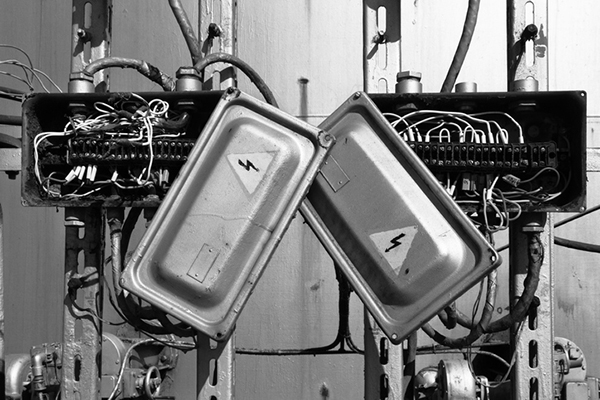In December, the Federal Communications Commission will undertake the largest spectrum auction in U.S. history—putting 3.4 GHz of airwaves on the market to free up space for 5G communications. As the next generation in wireless technology, 5G promises to boost data speeds by up to 100 times, making them competitive with the fastest wired broadband networks.
A lot of expectations are riding on 5G, for good reason. The technology offers “potentially gigabyte speeds over wireless, fast enough that for the first time wireless could be a competitive alternative for wired systems—like cable- and phone-based and fiber-based systems—for basic broadband access,” says Kevin Werbach, a Wharton professor of legal studies and business ethics who used to work for the FCC.
5G also could usher in new innovations to supercharge the “internet of things” and mobile broadband applications, among others.
Case in point are past rollouts of 2G, 3G and 4G networks, which led to new applications like livestreaming after fully deploying. 5G is a wireless communications technology that is a big step up in connectivity—some describe it as a quantum leap—from 4G.
But the cold reality is that a fully functioning 5G future still is a long ways away. “5G is called 5G because it is the fifth generation of wireless technology and so, obviously, there were four prior generations,” says Werbach. “These are things that evolve and develop and get implemented over a long period of time. They involve extensive standards work in the industry; they involve extensive deployment work.”
Read more at Knowledge@Wharton.








